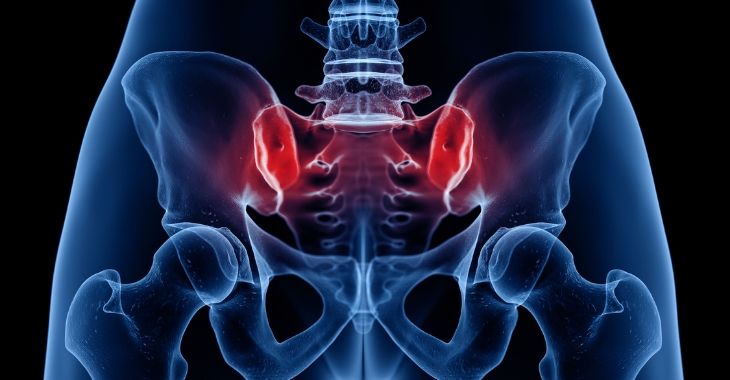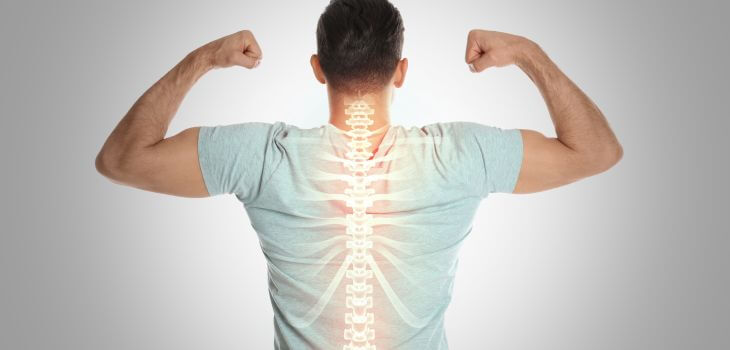Therapy Options for Lower Back Pain
Lower back pain affects millions of people, both from injury and degenerative problems. The pain can impact mobility and quality of life for sufferers. While some lower back issues may require surgery, non-invasive therapy is always a better option with less risk, and often, effective results. If you have lower back pain, there are treatments available through physical therapy clinics that can help give you relief without the pain or risk of surgery. Some therapy options include:
- Manual therapy. To manipulate muscles and joints to relieve back spasms and other lower back pain, manual therapy can be used. This treatment is performed by a trained physical therapist, using their hands to apply pressure and manipulation to the affected area.
- Aqua therapy. Specialized exercises and stretches done in water can offer effective relief for back pain. Aqua therapy can help reduce inflammation and strengthen the back muscles, without impact on joints.
- Dry needling. An alternative therapy for back pain available through some physical therapy clinics is dry needling. This treatment uses small needles, like acupuncture needles, to target trigger points that can relay pain.
- Muscle energy technique. A type of manual therapy used for some lower back pain problems that cannot be linked to a specific issue is the muscle energy technique. This treatment helps strengthen and relax tight muscles in the lower back to offer relief.
If you suffer from lower back pain, there are many different non-invasive therapy options to address the causes of back dysfunction and pain. Schedule a consultation at a reputable physical therapy clinic that offers many options for lower back pain therapy to learn more about how these treatments can reduce your pain and improve your quality of life.
Posted on behalf of:
Sovereign Rehabilitation
5555 Peachtree Dunwoody Road Northeast #225
Atlanta, GA 30342
(404) 835-3340
The information provided on this website, including text, graphics, images, and other materials, is intended solely for informational purposes and should not be used as a substitute for professional medical advice, diagnosis, or treatment.


)